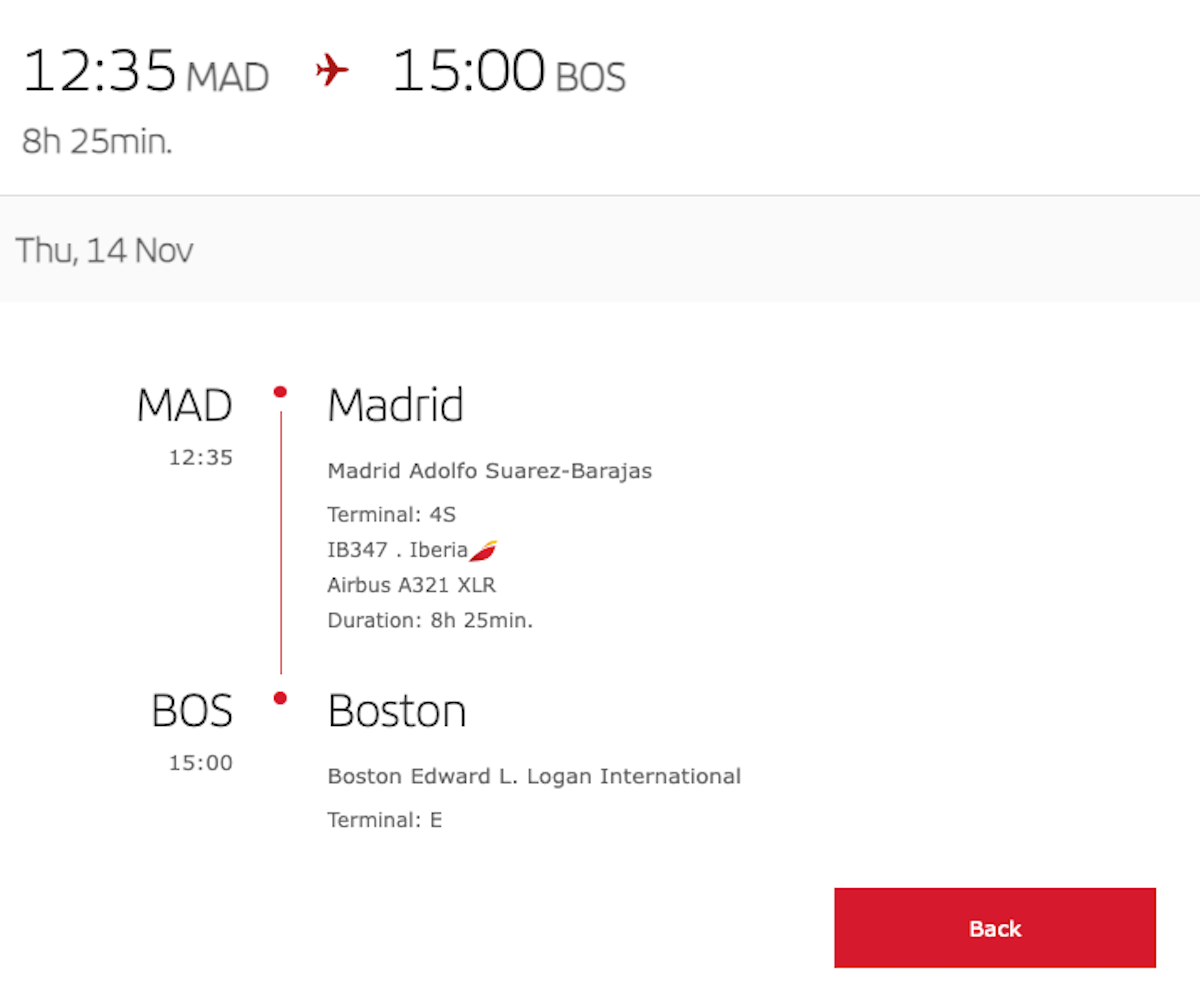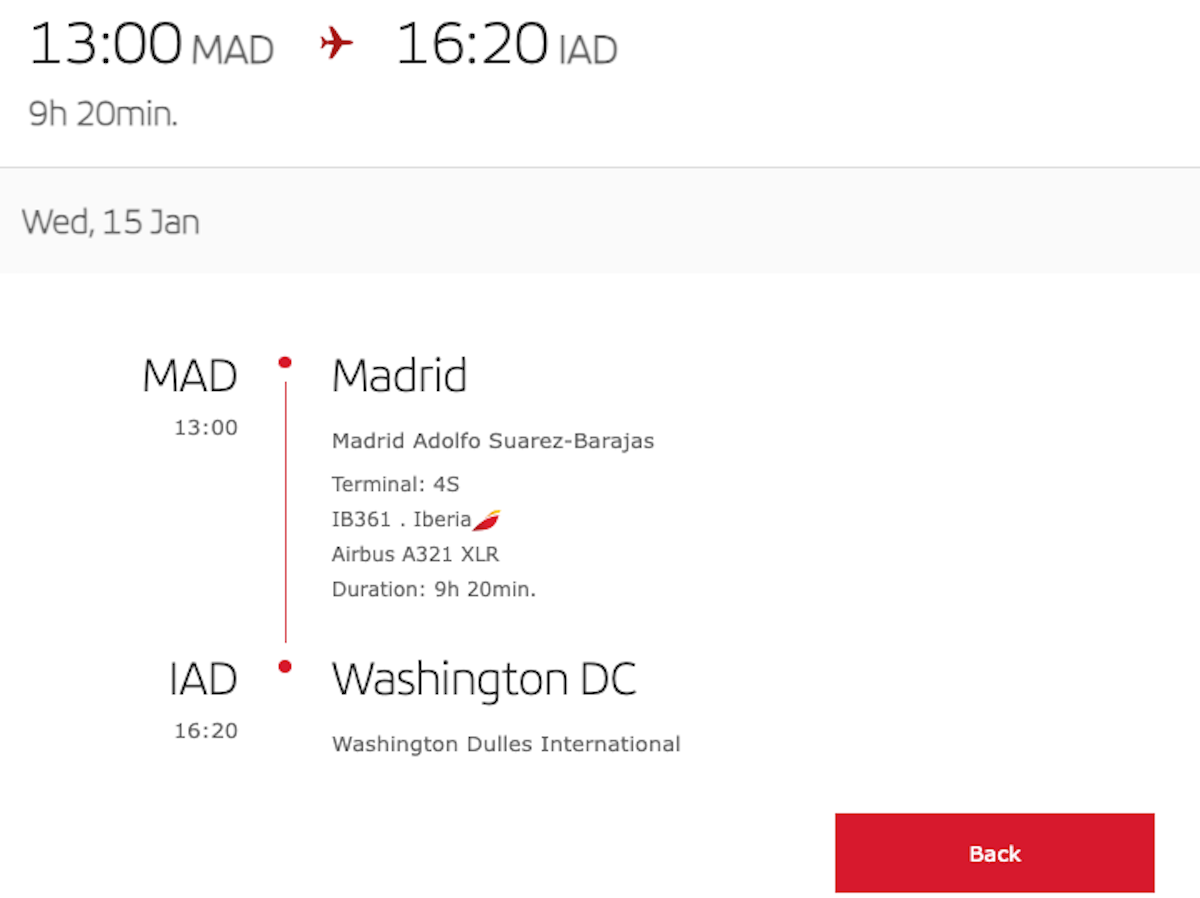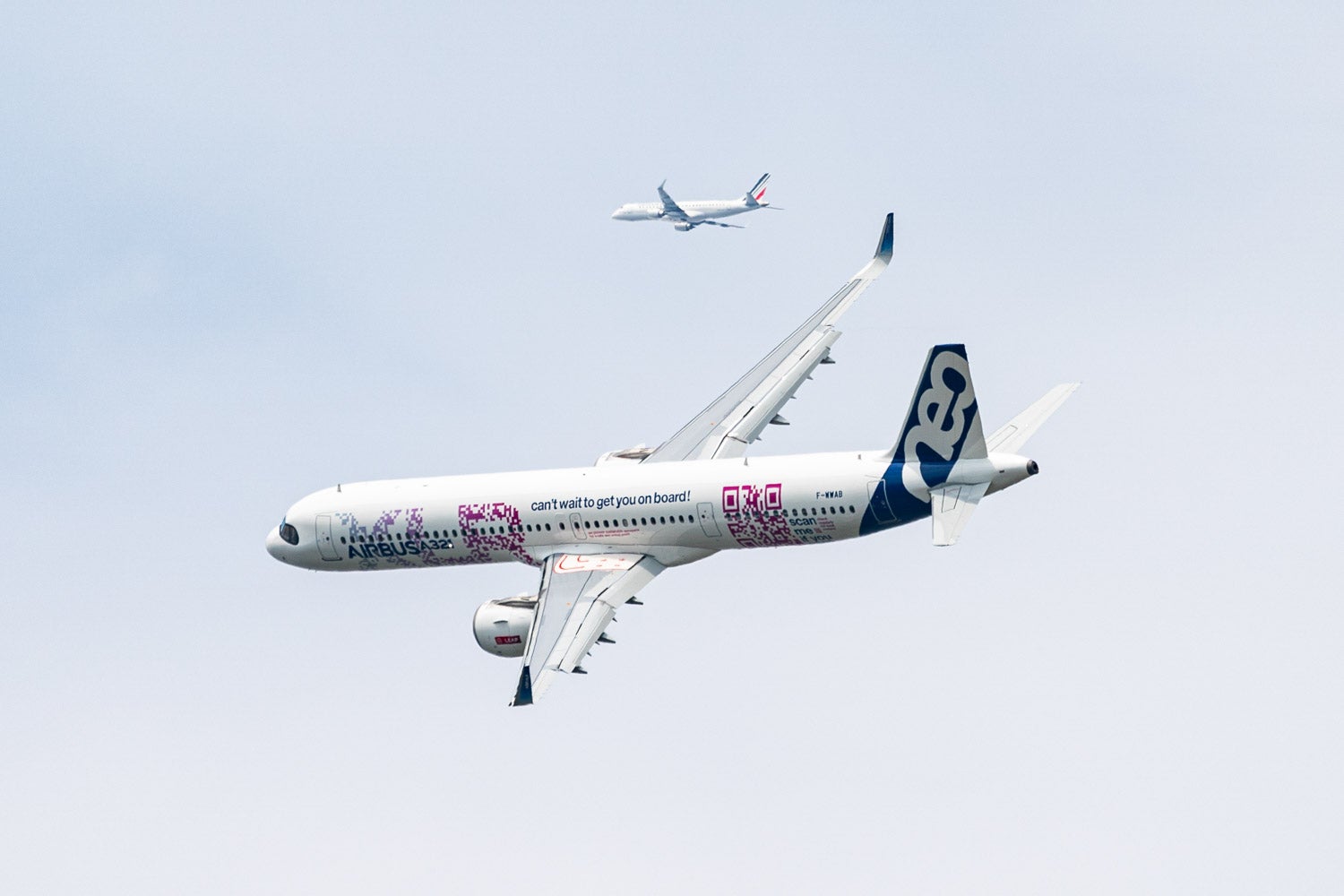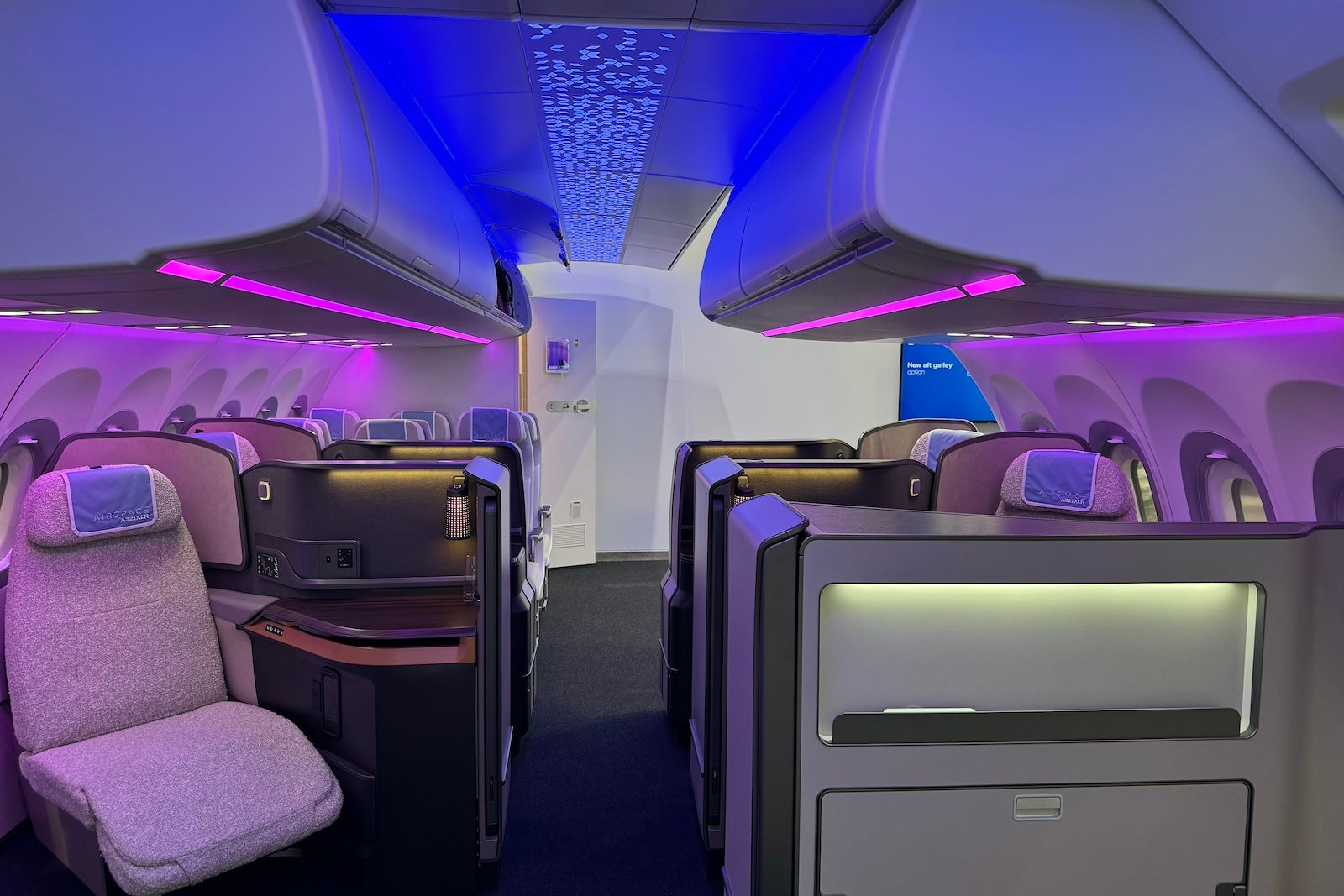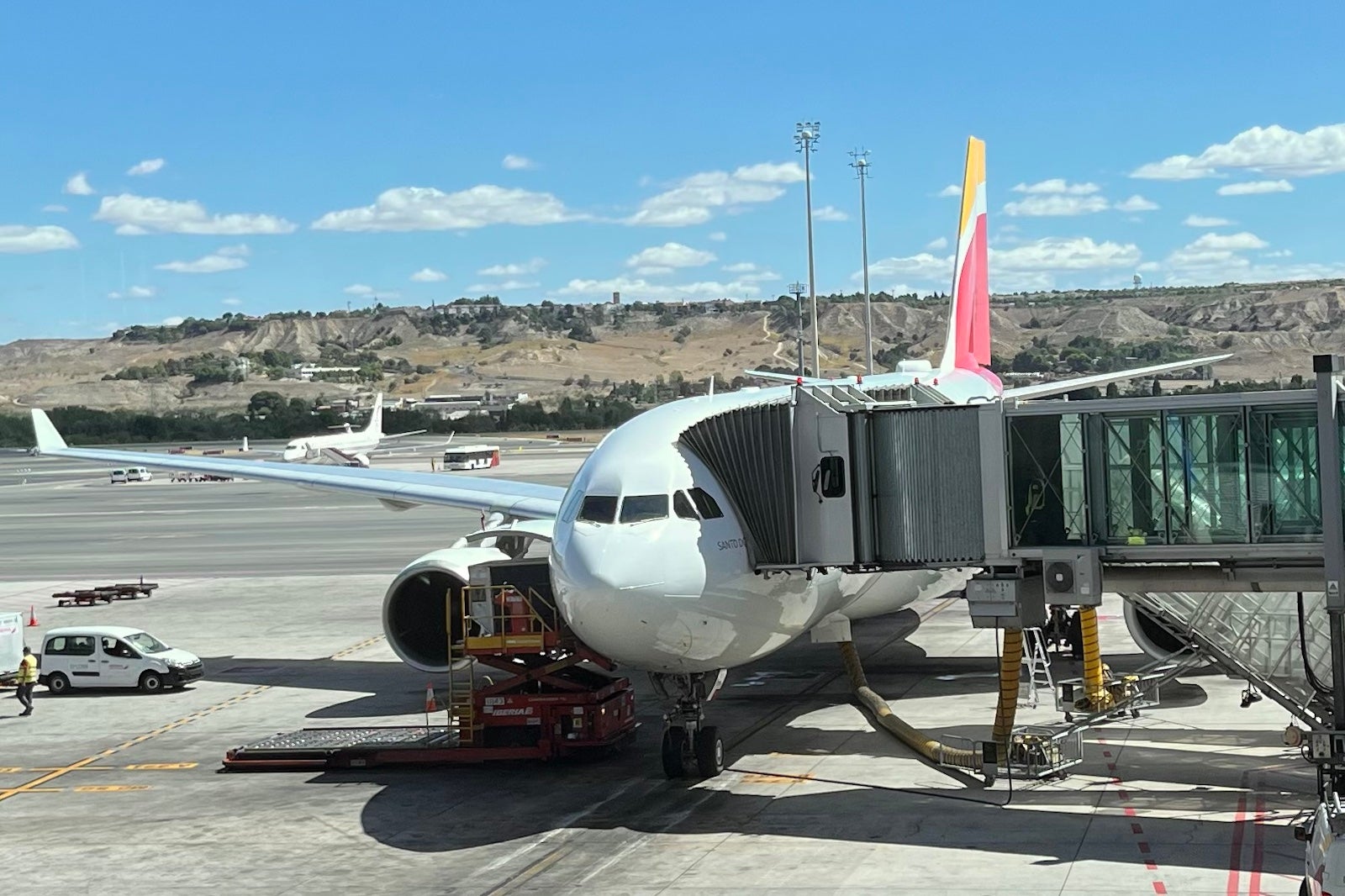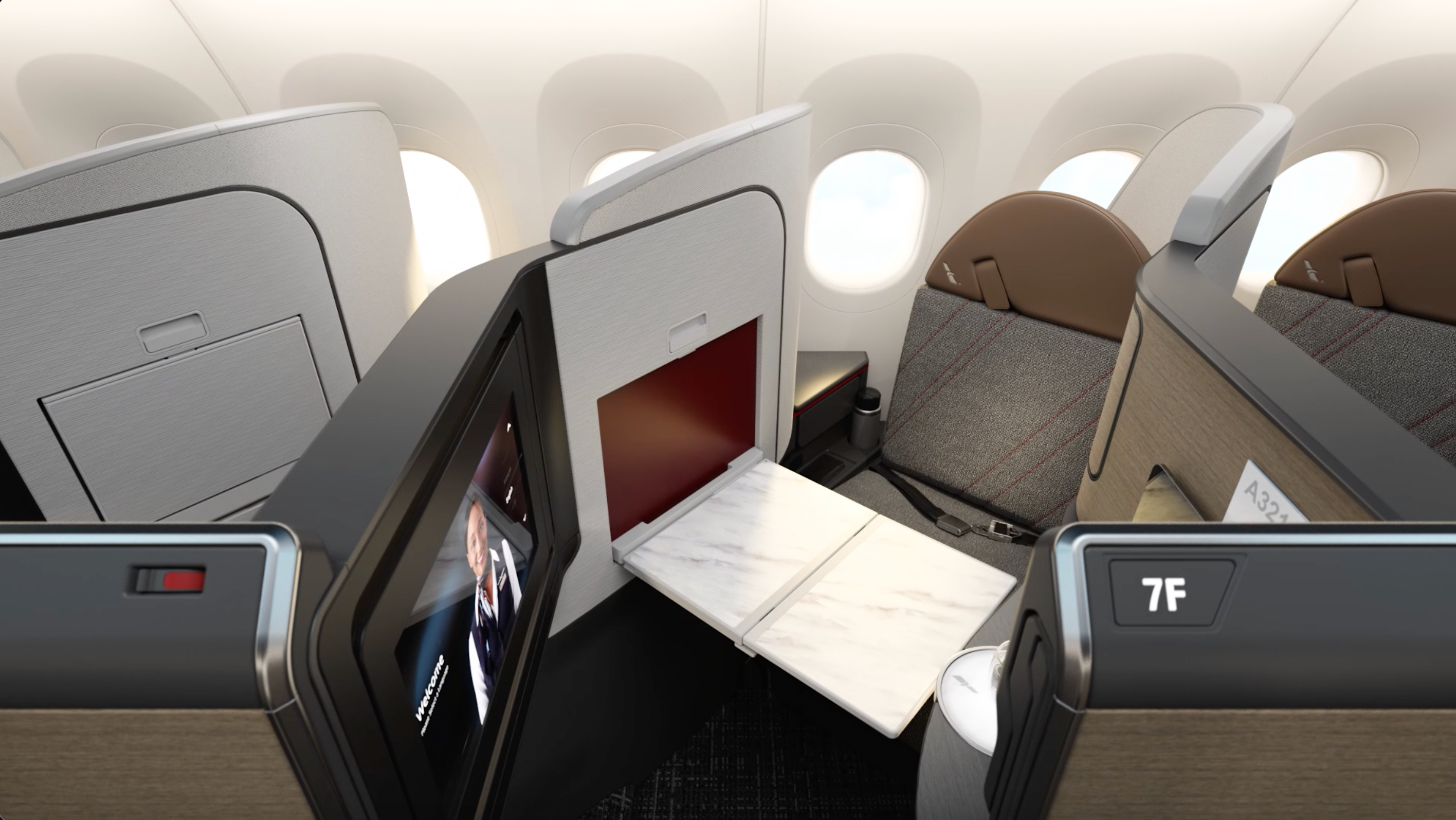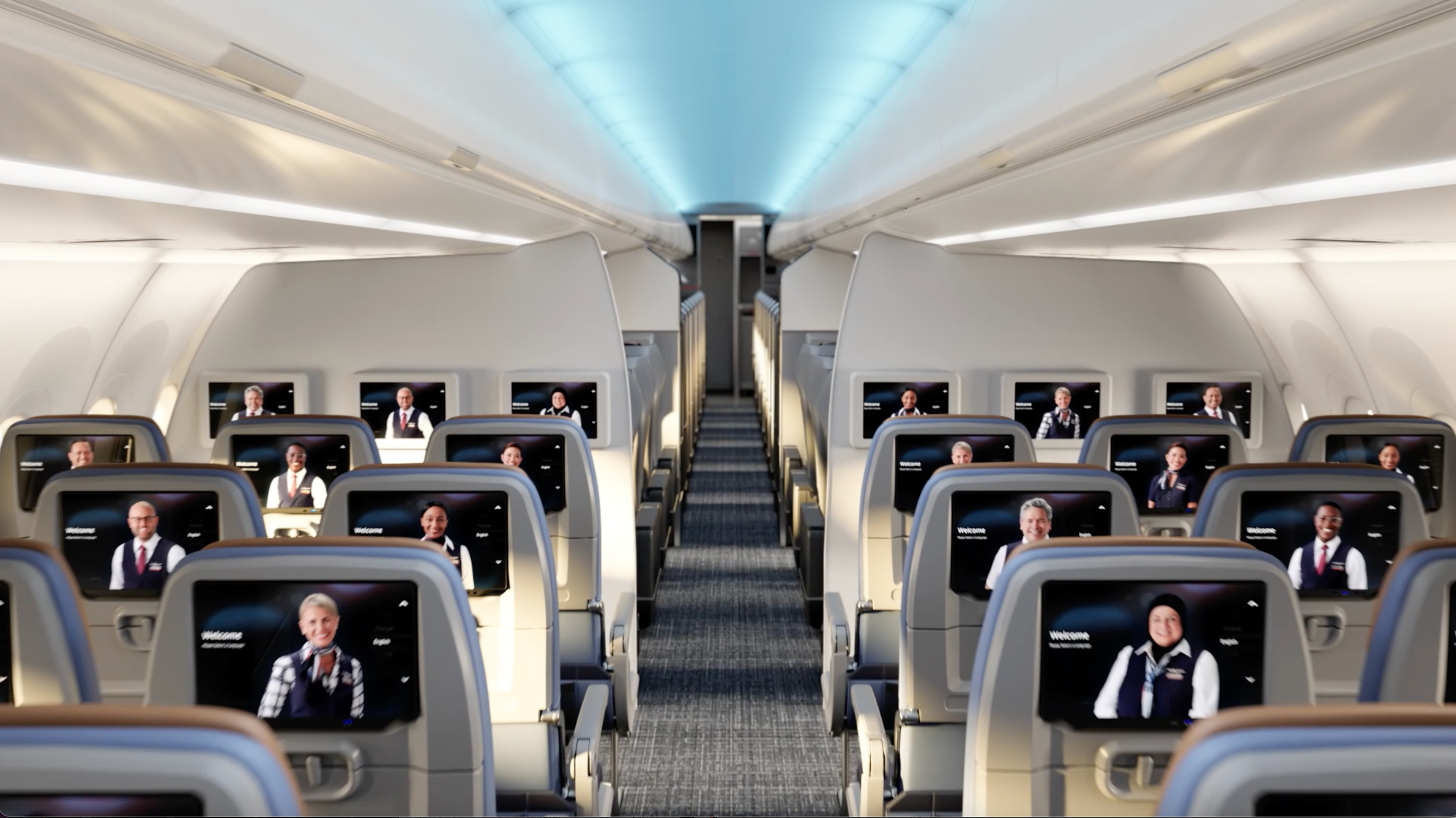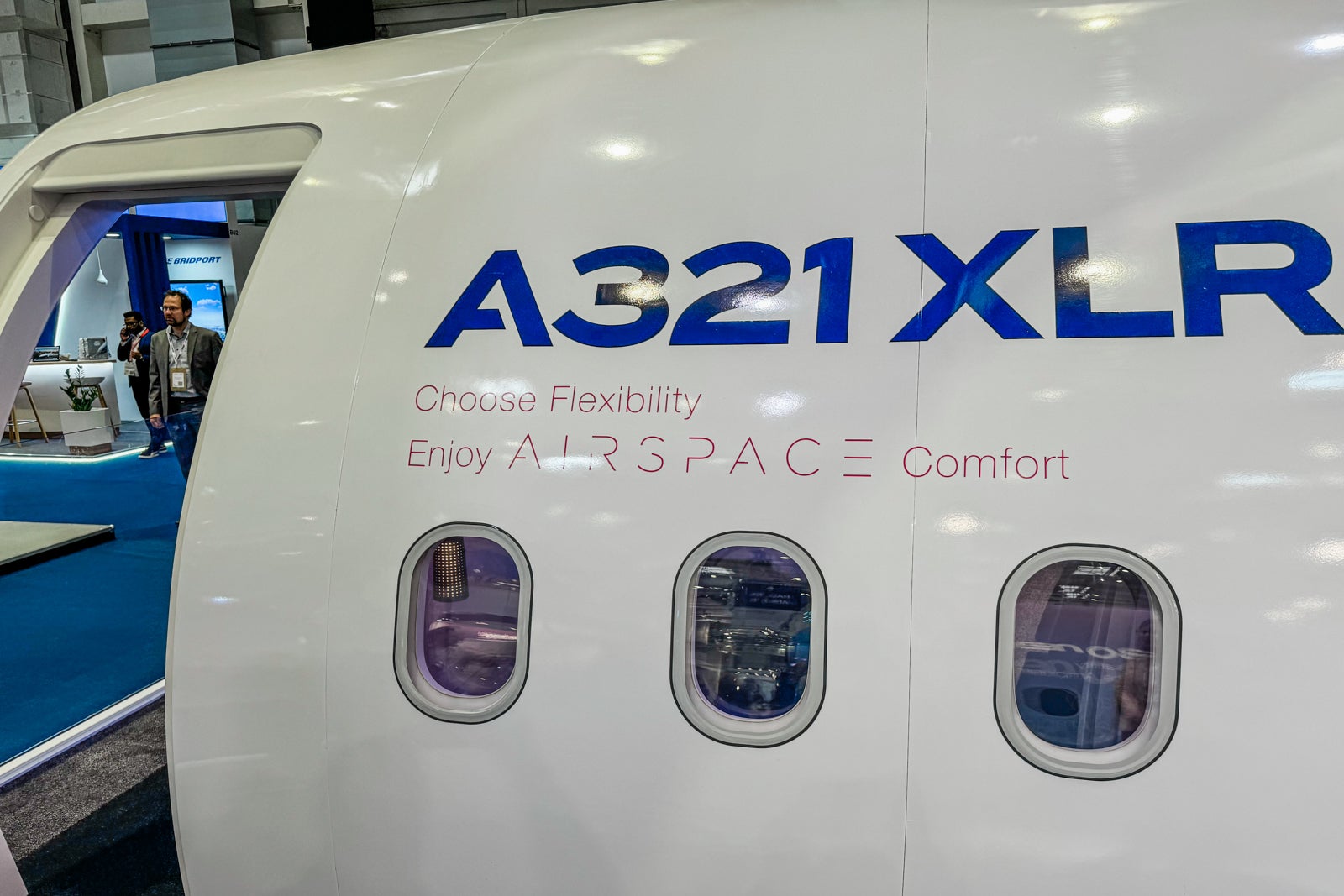It appears we’re now less than four months away from the first commercial flights aboard the new Airbus A321XLR — a single-aisle aircraft hailed as a “game changer” for its ability to fly longer transoceanic routes. (The “XLR” in the A321XLR stands for “Extra Long Range.”)
In recent weeks, Spanish flag carrier Iberia has shared images of its first A321XLR leaving Airbus’ paint shop in Toulouse, France.
That sneak peek of sorts came about two months after the carrier, a Oneworld Alliance member, announced it would be the first airline in the world to fly the new aircraft.
Want more airline-specific news? Sign up for TPG’s free biweekly Aviation newsletter.
In fact, Iberia is already selling the first seats on its first XLR, which boasts 14 lie-flat seats in business class.
Now, if you’re hoping to fly the jet — in one of American Airlines’ new Flagship Suites, no less — you might be waiting a bit longer than expected.
But the aircraft itself is coming soon.
Iberia’s first A321XLR flights scheduled
Iberia’s booking channels show nonstop XLR service between Adolfo Suárez Madrid-Barajas Airport (MAD) and Boston Logan International Airport (BOS) starting as soon as Nov. 14.
The airline’s website also shows additional service from MAD to Dulles International Airport (IAD) beginning as soon as January.

Daily Newsletter
Reward your inbox with the TPG Daily newsletter
Join over 700,000 readers for breaking news, in-depth guides and exclusive deals from TPG’s experts
Those plans got a leg up in mid-July, when Airbus announced approval from European Union regulators for the jet’s fuel-efficient engines.
In a statement announcing the EU approval, the French plane-maker boasted the aircraft “sits side by side with widebodies in an airline’s fleet.”
That’s a big reason why carriers — from Iberia to American to United Airlines — have big plans for the jet, including a bona fide international business class experience up front.
Read more: How to book Iberia flights to Spain (and beyond) using Avios
A unique network opportunity
In a May statement, Iberia noted the A321XLR will “reinforce its long-haul network,” owing to its combination of long range and smaller passenger capacity.
With a range of 4,700 nautical miles — far more than you’ll find on other narrow-body jets — the aircraft will be capable of flying certain routes between the U.S. and Europe (like, for instance, Madrid and Boston).
Iberia’s XLR will carry just 182 passengers. In comparison, there’s a nearly 300-passenger capacity on its fleet of wide-body A330 jets, and its A350 can hold 348 passengers.
With fewer seats to fill than a larger, wide-body jet, airlines see the XLR as a way to fly longer “thin” routes that might not garner enough bookings to fill an A330 … or a Boeing 777, or 787 Dreamliner. Empty seats on those can quickly cause profits to plummet.
It’s the strategy JetBlue has used on its transatlantic routes, using a shorter-range A321LR to fly between cities in the Northeast and several spots in northwestern Europe.
That less risky proposition could offer carriers more leeway to experiment with offering nonstop flights from the U.S. to more “off-the-beaten-path” destinations in Europe — or fly to major European cities from smaller U.S. points of origin.
Similarly, airlines might be able to continue flying certain routes year-round instead of pausing for the off-peak months.
“We will not only be able to expand seasonal routes to year-round routes … but we’ll also be able to fly to new, popular destinations we wouldn’t have been able to do before,” American Airlines vice president of customer experience Kimberly Cisek said during late-May remarks at Aircraft Interiors Expo in Hamburg, Germany.
American’s XLR plans
American, which first ordered 50 XLRs in 2019, plans to start the jet domestically on “premium transcontinental” routes currently flown by its swanky, four-cabin A321T, which is being phased out. Even if American doesn’t plan to use the jet’s full range right away, it can take advantage of greater fuel efficiency and other performance boosts.
Like the popular A321T, though, American’s XLRs will skew heavily toward premium, with its Flagship Business suites, a premium economy cabin and a heavy proportion of extra-legroom Main Cabin Extra seats in the back.
Expected in 2025
When American will start flying the XLR, though, remains a bit unclear. On the carrier’s late-July earnings call, CEO Robert Isom said the jet is expected to join the fleet in 2025. American executives had previously targeted late 2024.
Airbus delivery timelines have slipped a bit recently, with the company citing supply chain difficulties in tempering delivery expectations in late June.
Bottom line
For its part, Iberia plans to similarly emphasize premium on the eight total XLRs that it’s due to receive in the coming months; there will be 14 business pods on board, each featuring direct aisle access and 18-inch, 4K entertainment screens.
Once its first XLR begins commercial service — possibly by November — it’ll offer travelers a narrow-body, transatlantic option perhaps only comparable to JetBlue’s Mint cabin flown between the Northeast and Europe.
In the meantime, booking for the first XLR flights is open on Iberia’s website, whether you’re hoping to use cash or a stash of Avios.
Related reading:

